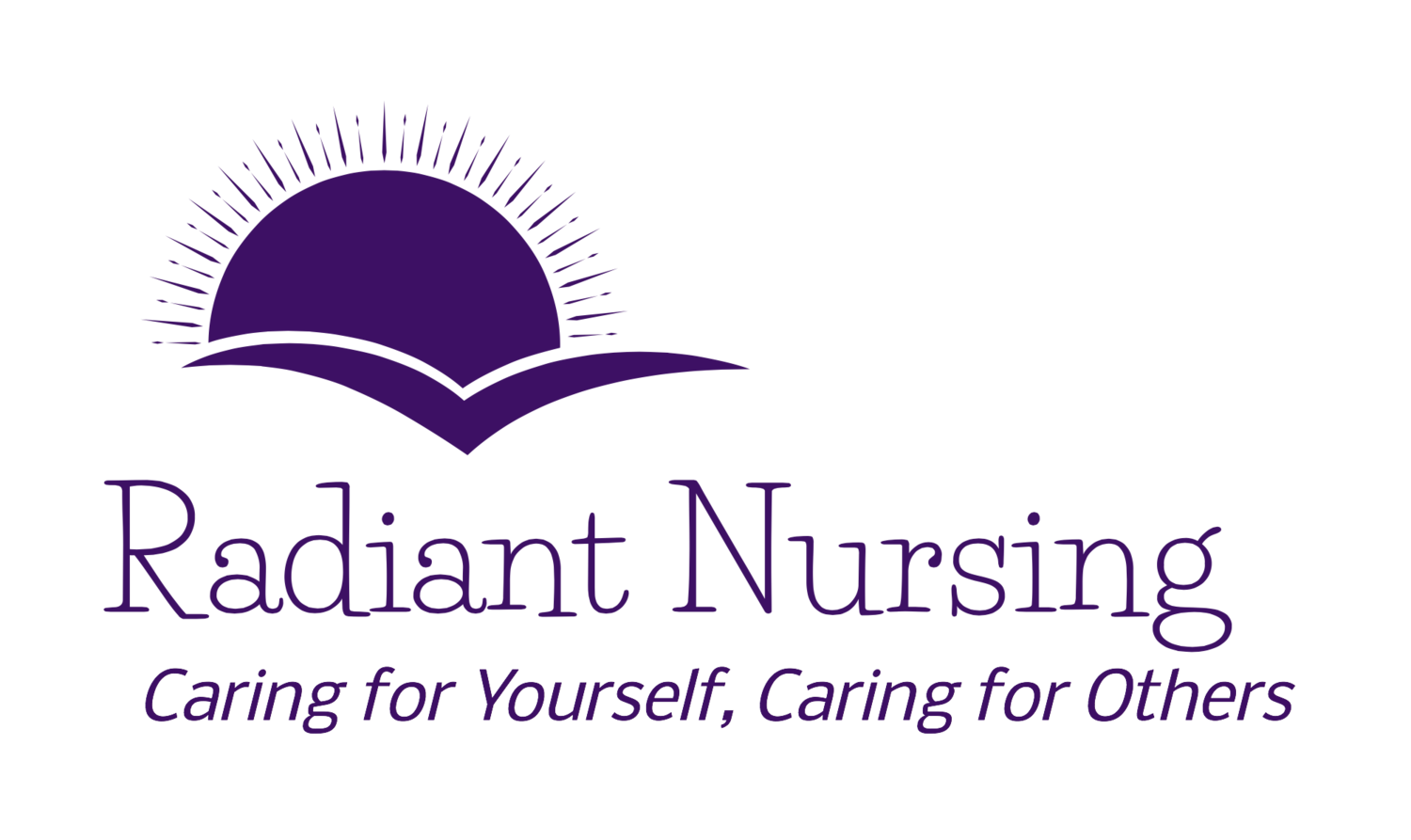Food For The Fourth Of July
/America Celebrates Its Birthday
The Fourth of July is just around the corner. Holiday displays in the supermarkets are set up to tantalize shoppers with outdoor foods and drinks.
Isn't this a gorgeous American Flag Pie created by King Arthur Flour? I dream of creating it one day. It may remain a forever dream, but in the meantime, it's nice to see.
If you're willing to tackle this pie adventure, here is the recipe for the American Flag Pie, made with strawberries/rhubarb and blueberries.
Time To Start Your Grills
Fourth of July in America.
Start your grills. Friends and family gather 'round for picnics and barbecues.
Grilled corn on-the-cob (with barbecue or herb butter), sizzling hamburgers and hot dogs are all de rigueur. Dedicated meat-eaters splurge on tri-tip beef. Vegetarians don't have to feel left out. Tofu burgers make a fine alternative.
Everything can go on the grill, not just meat. Vegetables and fruits also grill up pretty. A fun television show from The Food Network features recipes by Bobby Flay, the acclaimed grill master.
How about grilled peaches with cinnamon sugar butter? Sounds delicious, doesn't it? Click on the link for the recipe.
Summer picnic food on the menu:
Baked beans
Juicy watermelon
Chips and dip
Finger sandwiches
Fruit salads, and
Everyone's version of their famous potato salad
The Great Mayonnaise Debate
Family feuds have started over potato salad. Dill or sweet pickles? What brand of mayonnaise do you use?
People stand firmly entrenched in their mayonnaise camps:
1) Best Foods (west of the Rockies) or Hellmann's (east of the Rockies) – same company, same mayo, different name per regional distribution.
2) Duke's mayonnaise has Southern roots and is also found in some states further north.
3) Kraft mayonnaise has a nationwide distribution.
4) Dare I mention Miracle Whip? Some argue that it's not even mayonnaise, but Miracle Whip has a strong, if not beleaguered, following. Take a look at this Tumblr account that proclaims in a joking manner, Miracle Whip and Proud Of It. Miracle Whip was created in 1933 by Kraft as a less expensive alternative to mayonnaise.
Rest assured, never the twain shall meet. Each brand has a dedicated cult following.
Here's a fun tongue-in-cheek story for your amusement.
The Family Mayonnaise Incident
We are a Best Foods mayonnaise family. In our corner of Washington state, that's our mayo. For decades we remained true blue to Best Foods.
Recently, my sister returned home from an 18-month job assignment in Tennessee. She was living south of the Mason-Dixon Line and Duke's is the mayo of the South. She divulged that she had tried, and liked, Duke's mayonnaise.
To make matters worse, she had the audacity to bring jars of Duke's mayo home with her. Even her husband was perplexed when he saw the alien mayo jars in her bags.
Oh, the shock. This was akin to heresy. My own sister, cheating on Best Foods. She admitted feeling a little guilty about it.
After her heartfelt confession, we welcomed her back into the fold. She was home again in familiar territory and surrounded by Best Foods. Let bygones be bygones.
And then, our nephew ordered a big jar of Duke's mayonnaise from Amazon and sent it to my sister as a birthday present.
The saga continues...
Summer Activities For The Fourth
The Fourth of July is dedicated to picnics and summer fun, such as swimming, boating, hiking, and, not to be forgotten, naps in a hammock. It's a holiday, so some healthy relaxation is included on the menu. Reading a book in a hammock rates high on my list.
For students of The Radiance Technique® (TRT®) – be sure to bring radiant energy to all your events, picnics and relaxation. TRT® hands-on can be used for food prep, bringing your Radiant Touch® to the fruits and vegetables that you prepare. Those who have studied The Second Degree of TRT® can direct energy to their food preparations.
Whenever we have a holiday, it's supportive to dedicate extra time for TRT® hands-on. And, of course, it's easy to apply hands-on while in the midst of your summer enjoyment. Use TRT® while riding in the car, under a tree enjoying the shade, and while eating. You don't have to separate yourself away from all the fun to still benefit from use of TRT®.
Happy Birthday – USA
Does all this food talk make you hungry?
I know I'm ready to treat myself to potato salad and other picnic delights.
Let's raise a fork and a patriotic spiral cookie in honor of the United States of America.
I'll see you at the picnic.






